You’ll find one of Europe’s most jaw-dropping natural wonders tucked away in the rugged mountains of eastern Sardinia. Gola di Gorropu stands as the deepest canyon in Europe, at least relative to its width, with limestone walls that shoot up to 500 meters. It’s a landscape that honestly made me stop in my tracks.
When I visited last summer, I felt tiny staring up at those cliffs. They seemed to stretch forever, almost scraping the sky.
Locals call it “Gola di Su Gorroppu,” and it’s one of those hidden gems most Sardinia travelers never even hear about. I was surprised to learn that rare plants, like the endangered Aquilegia nuragica, grow only here.
The harsh rock faces and delicate flowers together create a scene that’s pretty hard to forget. If you love photography or nature, you’ll want to linger.
If you want to really feel the magic of Gorropu, bring hiking boots and a sense of adventure. The trek to the canyon is about 4 kilometers, and it’s not a walk in the park, but I swear—every step is worth it.
As the path narrows and the walls close in, you get this feeling that you’ve stumbled into a secret world. Sardinia hides some wild surprises in its mountains.
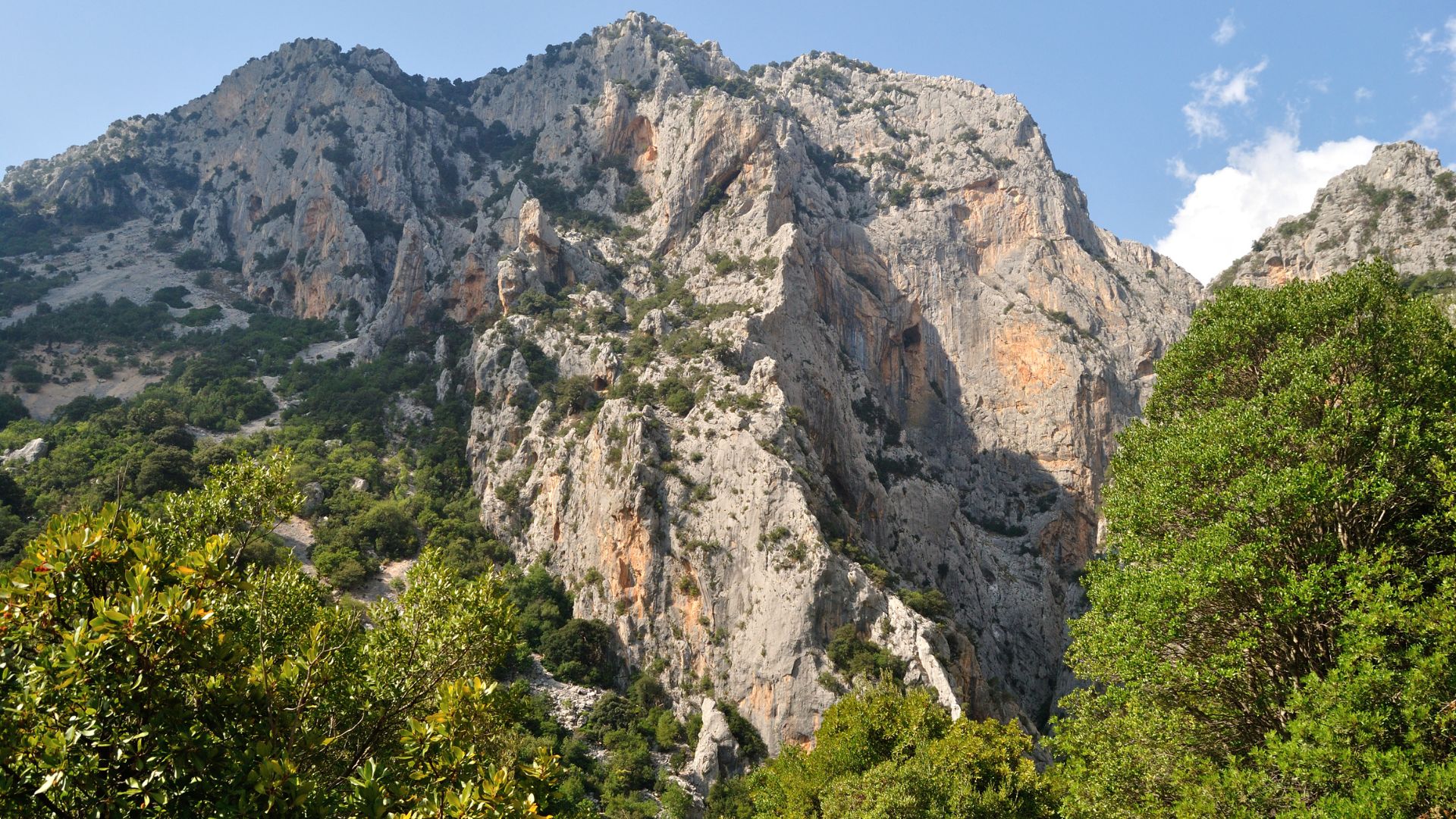
Discovering Gorropu Gorge: Europe’s Deepest Canyon
Somewhere in the wild mountains of eastern Sardinia, Gorropu Gorge waits to blow your mind. Locals call it “Gola di Su Gorroppu,” and it’s honestly one of the most impressive canyons I’ve ever seen.
Those limestone walls tower above you, and the sense of scale is hard to put into words.
What Makes Gorropu Gorge Unique
People often say Gorropu is Italy’s deepest canyon, and it’s up there among Europe’s deepest too. When I walked there, I remember looking up at walls soaring 500 meters high.
At one spot, a 300-meter cliff just hung above me—I felt like an ant.
The narrow slots between rock faces give the place a moody, almost otherworldly feel. You’ll also find the endangered Aquilegia nuragica, a plant that doesn’t grow anywhere else.
What really stands out? Gorropu feels untouched. Unlike crowded tourist hot spots, this place keeps its wildness.
That 4 km hike to reach it keeps crowds down. The result? You get to experience something raw and real.
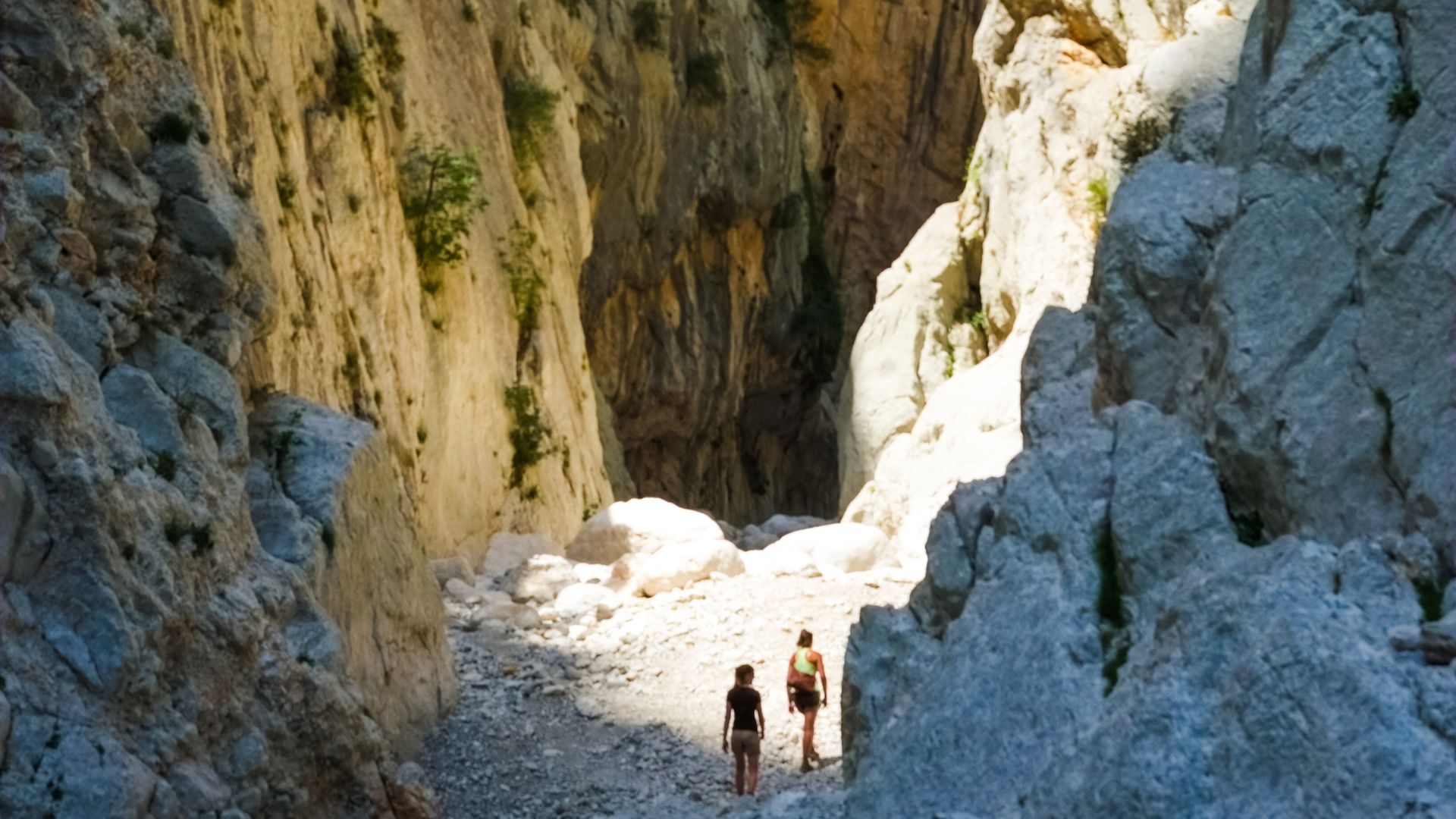
Geological Formation and History
Millions of years ago, the Flumineddu River started carving through the limestone mountains of Nuoro province. That slow, relentless work created Gorropu Gorge.
The river kept cutting deeper, exposing layers of rock and telling a story you can actually see in the canyon walls. Limestone, being soft, erodes easily.
As I explored, I kept noticing strange rock shapes—nature’s artwork, really. The canyon continues to deepen, though you’d never notice the change in one lifetime.
Gorropu didn’t just shape the land; it shaped local history too. People once used the gorge as a natural barrier and hiding spot through Sardinia’s turbulent past.
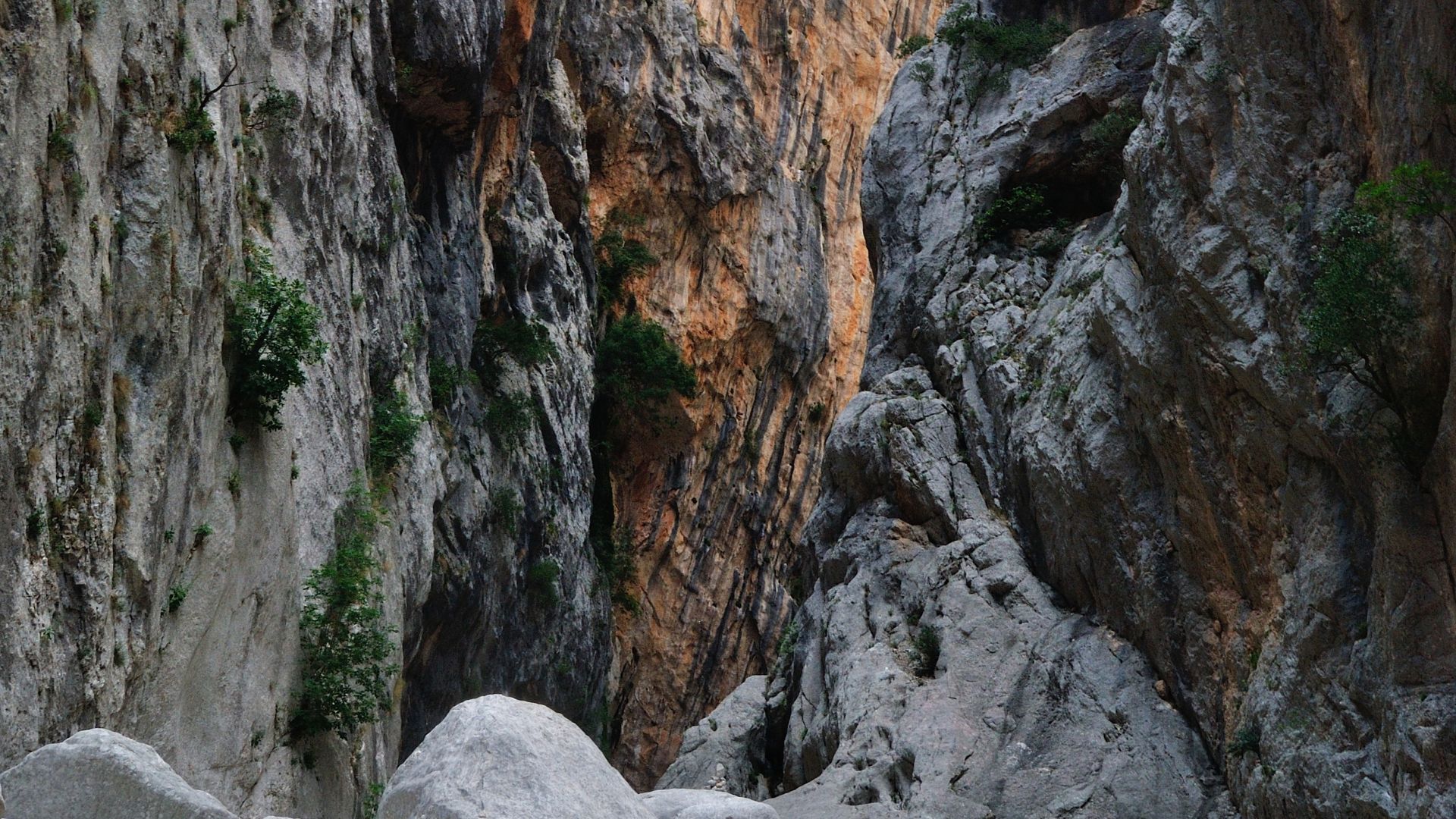
360° Panoramic Images and Visuals
Before I went, I checked out some 360° panoramic images online. They helped me wrap my head around the scale of Gorropu.
Some of the best spots for photos:
- Northern entrance – you get a sweeping view of the canyon’s mouth.
- Narrow passages in the middle – the walls squeeze in close.
- High points above – you see how the gorge fits into the Sardinian landscape.
If you’re into photography, try going in the morning. The way the sunlight hits the limestone creates dramatic shadows and brings out all the textures.
Stock photos and videos are nice, but honestly, nothing compares to standing there yourself. Still, they’re a great way to get excited before you go.
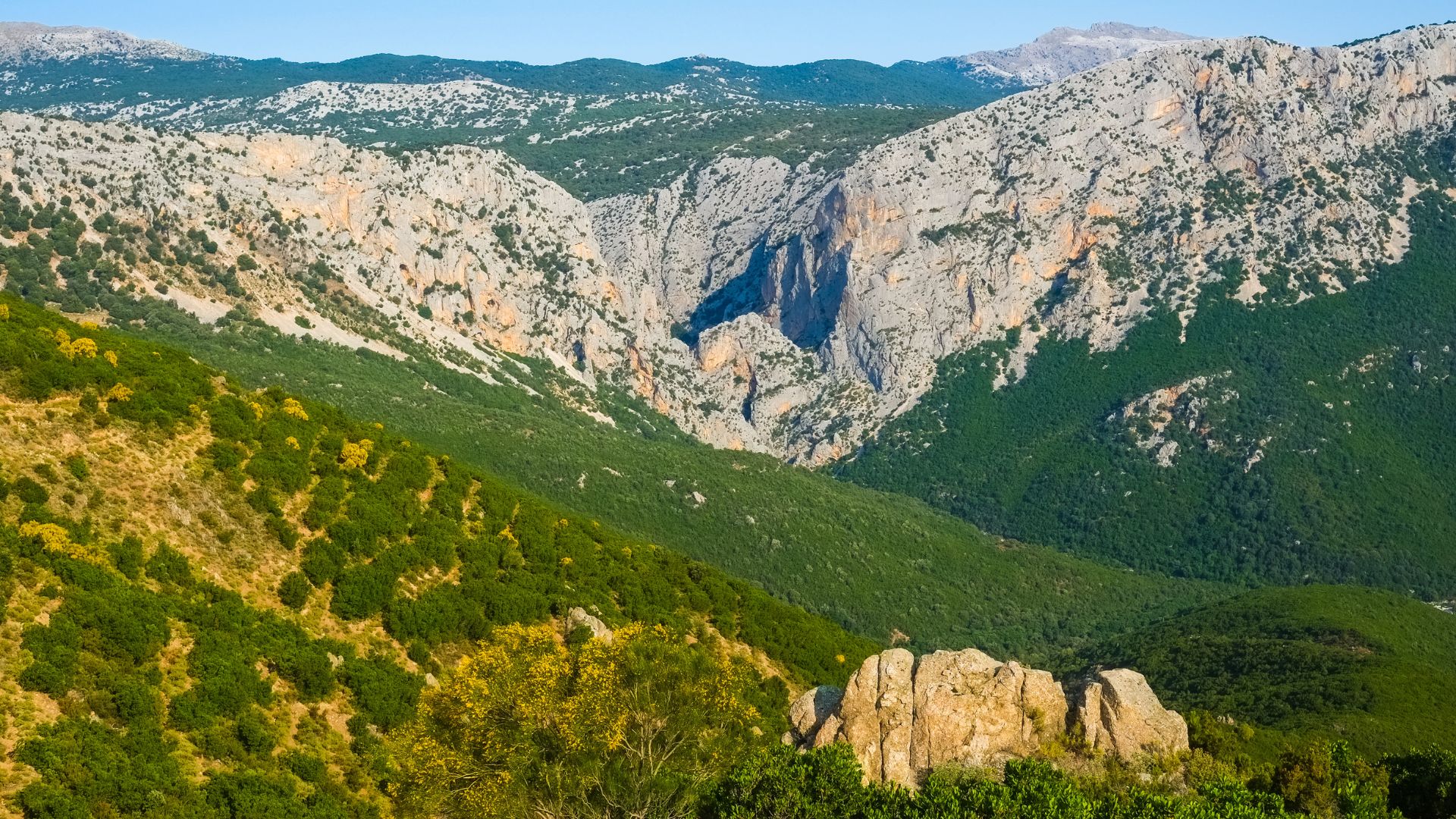
Hiking Adventures in Gorropu Gorge
Hiking through Gorropu Gorge is one of the best ways to experience Sardinia’s wild side. The limestone cliffs and tricky terrain make for adventures you won’t forget.
Popular Hiking Trails and Routes
Most people start from the Gorropu Canyon parking near Dorgali. This trail takes about 1.5 hours each way, and the mountain views are fantastic.
I loved how the landscape kept changing along the route.
If you want more of a challenge, try the trail from Genna Silana. This one drops around 700 meters over 4 kilometers, and the views are totally worth the effort.
Another route follows the Flumineddu River from below. Walking by the water, I spotted rare plants clinging to the stone.
Some folks mix and match trails for a longer loop, which is a great way to see different sides of the gorge.
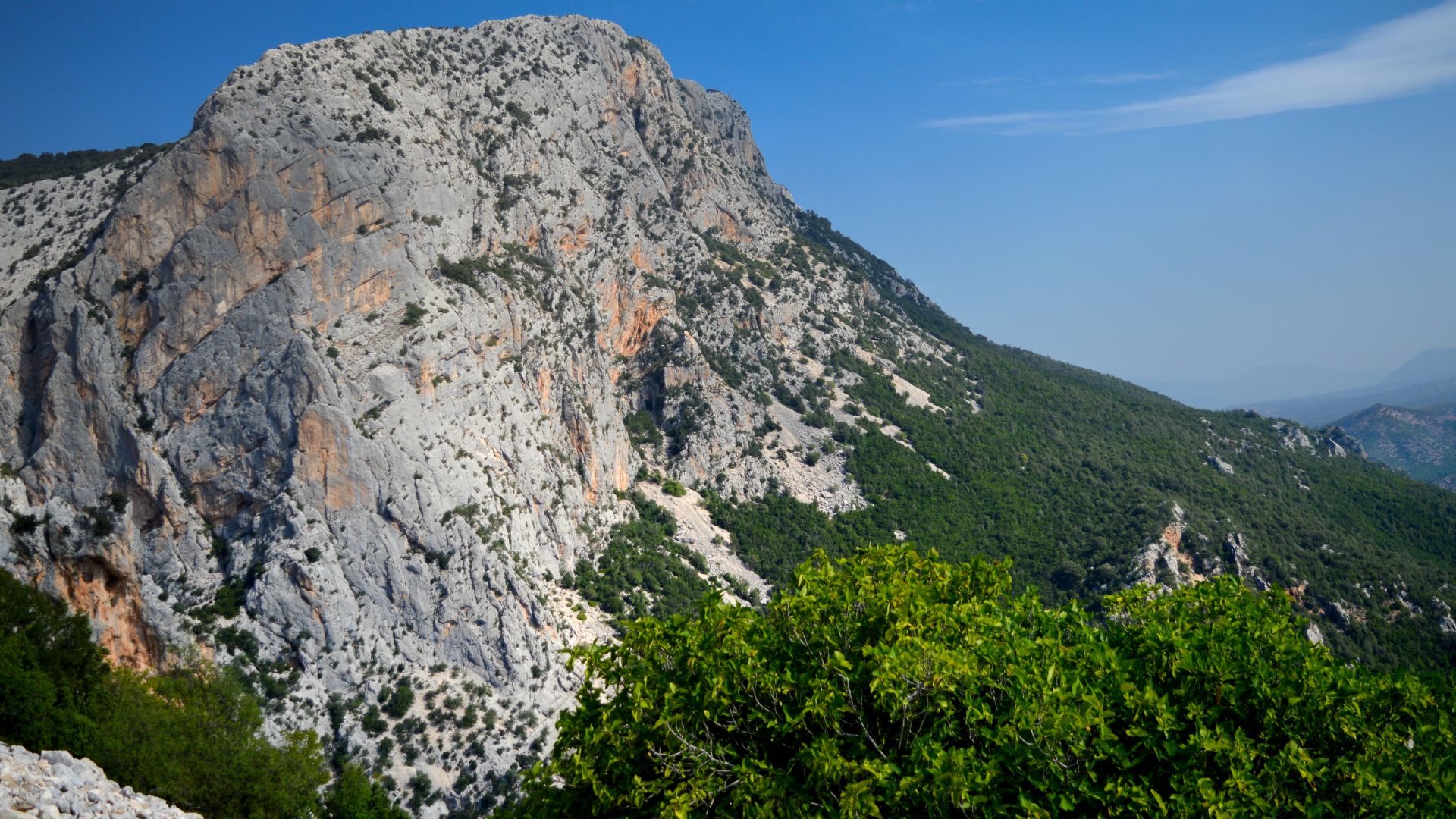
Difficulty Levels and Safety Tips
Gorropu’s hikes range from moderate to tough. The main route doesn’t need technical climbing skills, but you do need to be in good shape.
Inside the canyon, you’ll scramble over rocks in a few spots.
Wear sturdy boots with ankle support—trust me, you’ll be glad you did. The rocks are uneven, and limestone can be slick.
Bring at least two liters of water per person, especially in summer. There’s almost nowhere to refill on the way.
Check the weather before you go. Flash floods can happen fast after rain.
There’s not much cell signal out here, so always hike with a buddy if you can. Let someone know where you’re going and when you’ll be back.
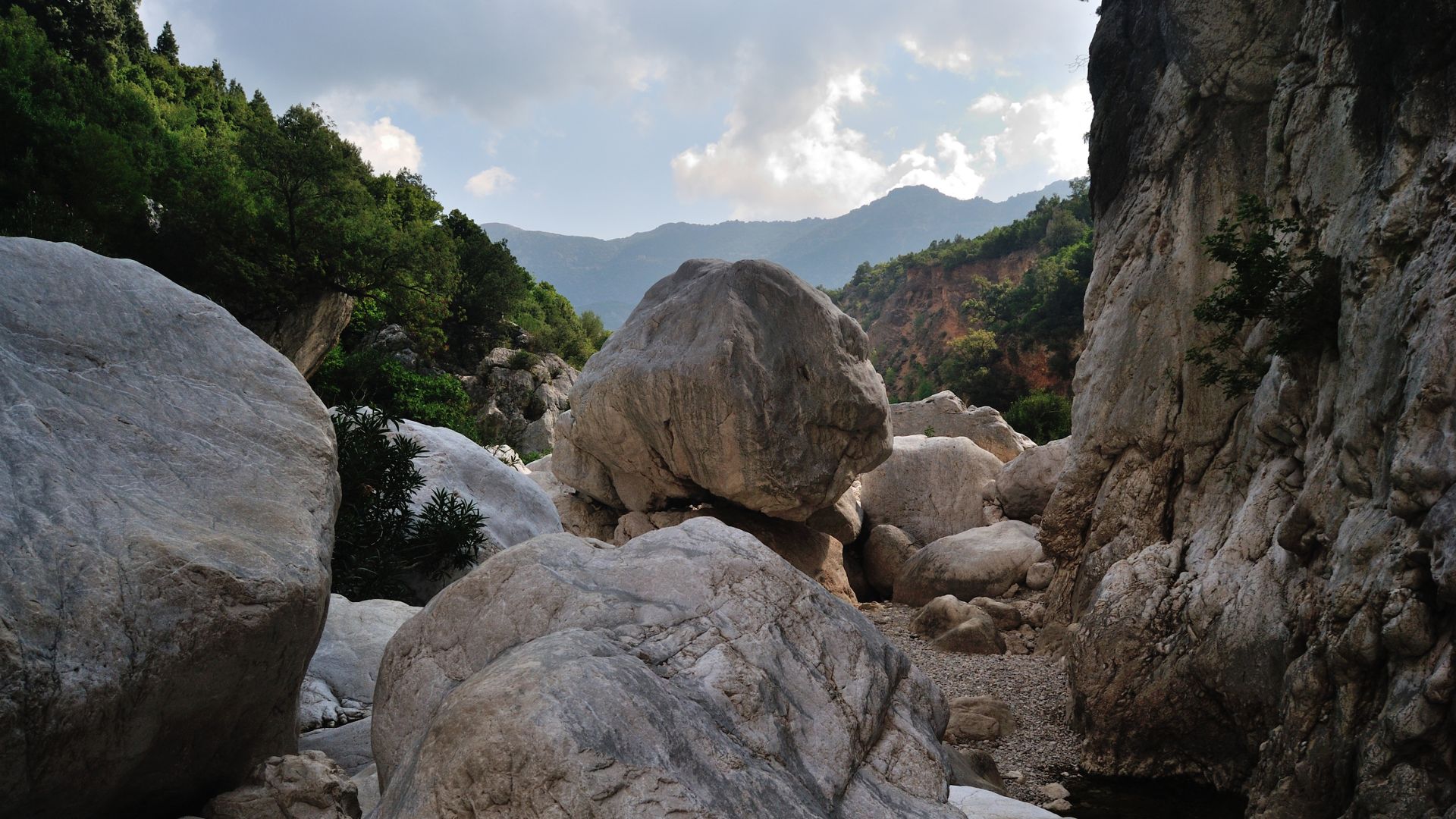
Guided Tours and Local Expertise
Hiring a local guide changed my whole Gorropu experience. These folks know the canyon’s geology, plants, and animals inside out.
Several companies run guided hikes, from quick 3-hour trips to full-day adventures. Prices usually start around €45-60 and include rides from nearby towns.
Guides can take you into sections that need extra know-how. Many speak English and other languages.
They also know the best times for photos and how to avoid crowds. I found early mornings to be pure magic as the sun crept into the canyon.
If you’re visiting between May and September, book ahead—tours fill up fast.
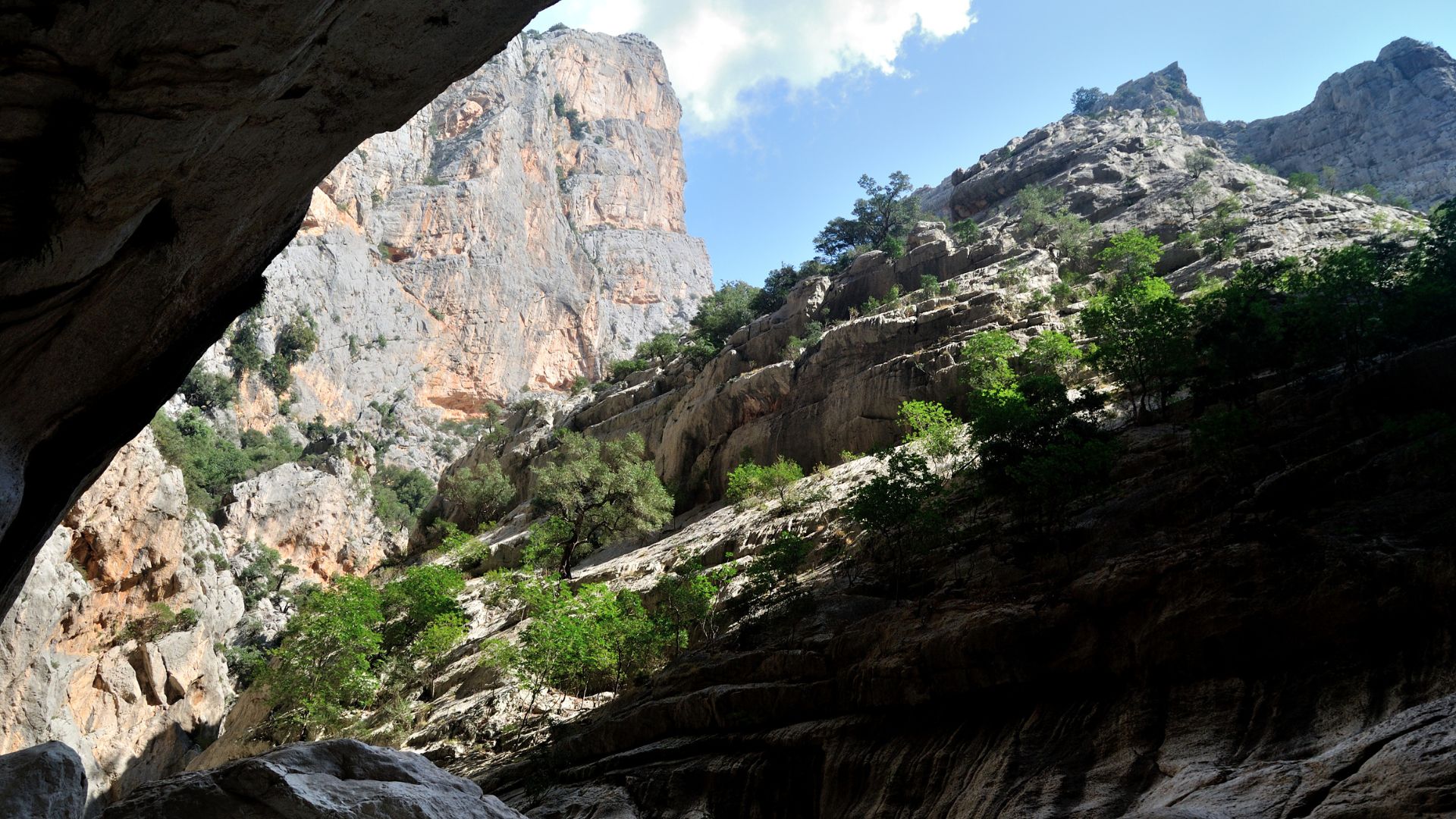
The Heart of Supramonte: Surrounding Landscapes and Villages
Gorropu Canyon sits deep in the Supramonte range, a wild stretch of limestone that shapes eastern Sardinia. The area around the gorge is just as adventurous, with ancient villages and untouched nature all around.
The Mystique of Supramonte
When I hiked Supramonte, its raw beauty struck me right away. This massif stretches across eastern Sardinia, full of sharp peaks, hidden valleys, and old forests.
The land is tough but stunning, with Mediterranean scrub clinging to rocky slopes. Springs pop up here and there, feeding rare plants.
You can smell juniper and wild herbs on the breeze.
Supramonte has kept its wildness for centuries. Deep canyons like Gorropu cut through its core.
Shepherds still use winding paths between strange rock shapes and caves.
Wildlife thrives here—wild boars, golden eagles, you name it. If you’re after real nature and quiet, this is the place.
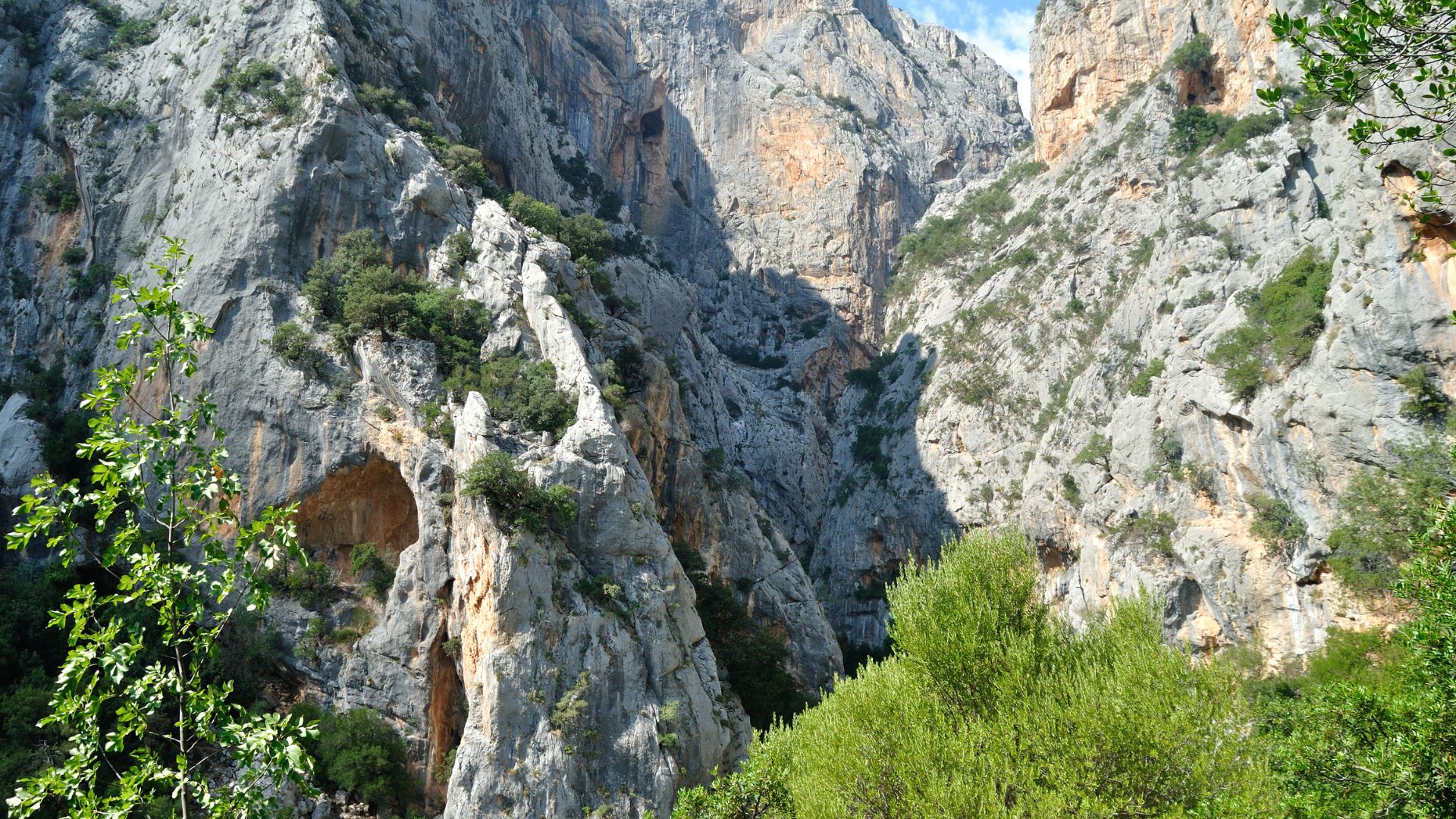
Charming Villages: Oliena, Orgosolo, and Orosei
The villages around Supramonte let you peek into Sardinian culture. Orgosolo grabbed my attention with its bold murals—colorful political art covers the walls everywhere.
Oliena has a different vibe, with whitewashed houses and a reputation for Cannonau wine. Local winemakers often invite visitors in for tastings, and the wine is unlike any I’ve had elsewhere.
Orosei, down by the sea, mixes mountain traditions with a bit of coastal flair. I wandered its narrow streets, checked out honey-colored buildings, and sampled pastries in cozy cafés.
Each village has its own traditions—festivals, crafts, and stories. The people I met were proud and always ready to share a slice of life from this remote mountain region.
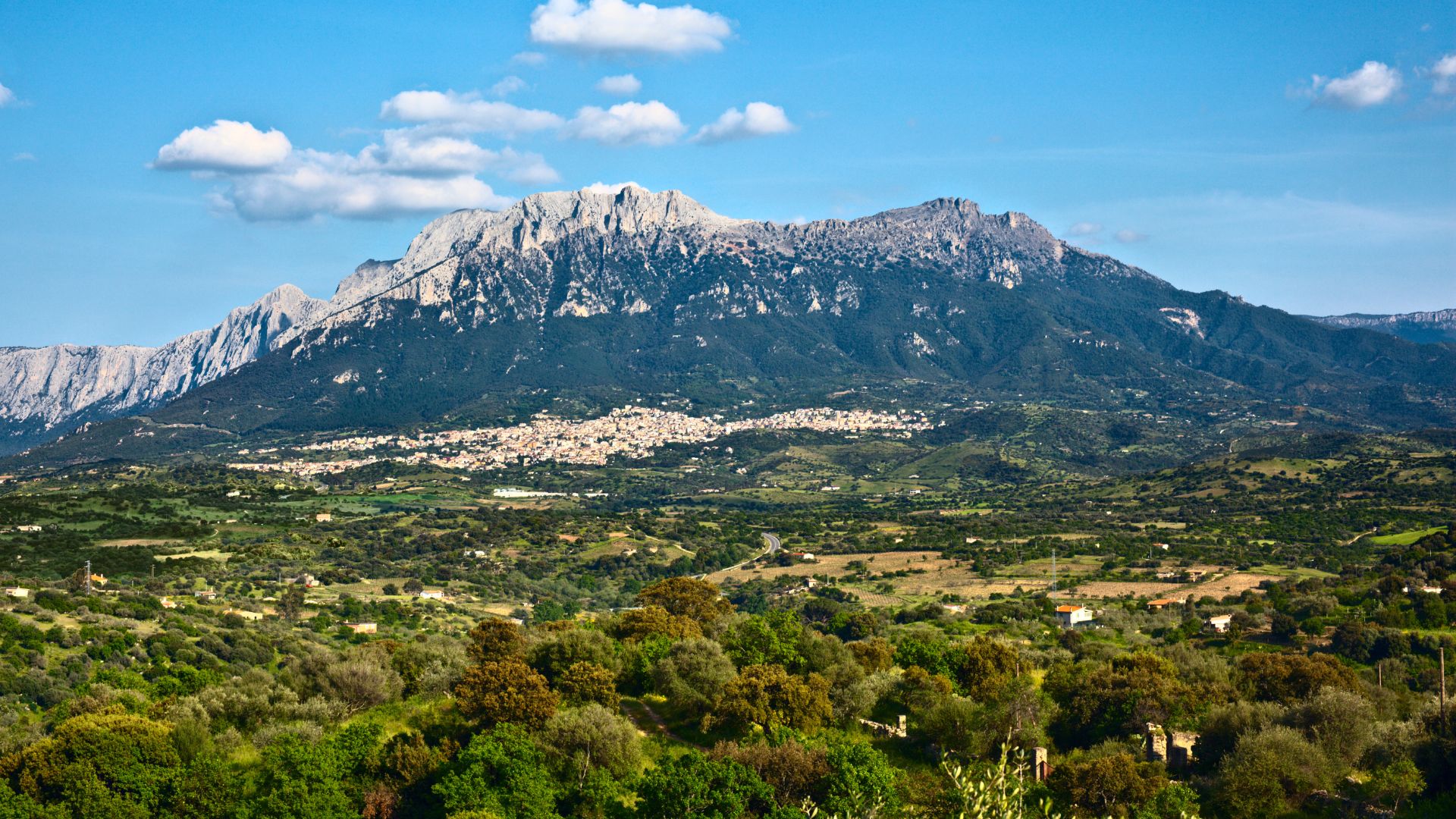
From Mountains to Coast: Exploring the Ogliastra Region
Ogliastra, the region around Gorropu, gives you a whole new side of Sardinia. After the rugged canyons, you hit the coast—clear water, hidden coves, and laid-back seaside towns.
Santa Maria Navarrese and Cala Gonone
Santa Maria Navarrese became my go-to base for exploring Ogliastra. This little fishing village has a peaceful harbor, a pretty beach, and an olive tree that’s supposedly over a thousand years old.
It’s a great spot to relax after hiking.
Cala Gonone, just north of Gorropu, sits between cliffs and the blue Mediterranean. It used to be a fishing village, but now it’s a launch pad for exploring Sardinia’s wild coastline.
From both towns, I hopped on boat tours that snaked into sea caves and dropped us at secret beaches. The switch from mountains to coast here is almost surreal.
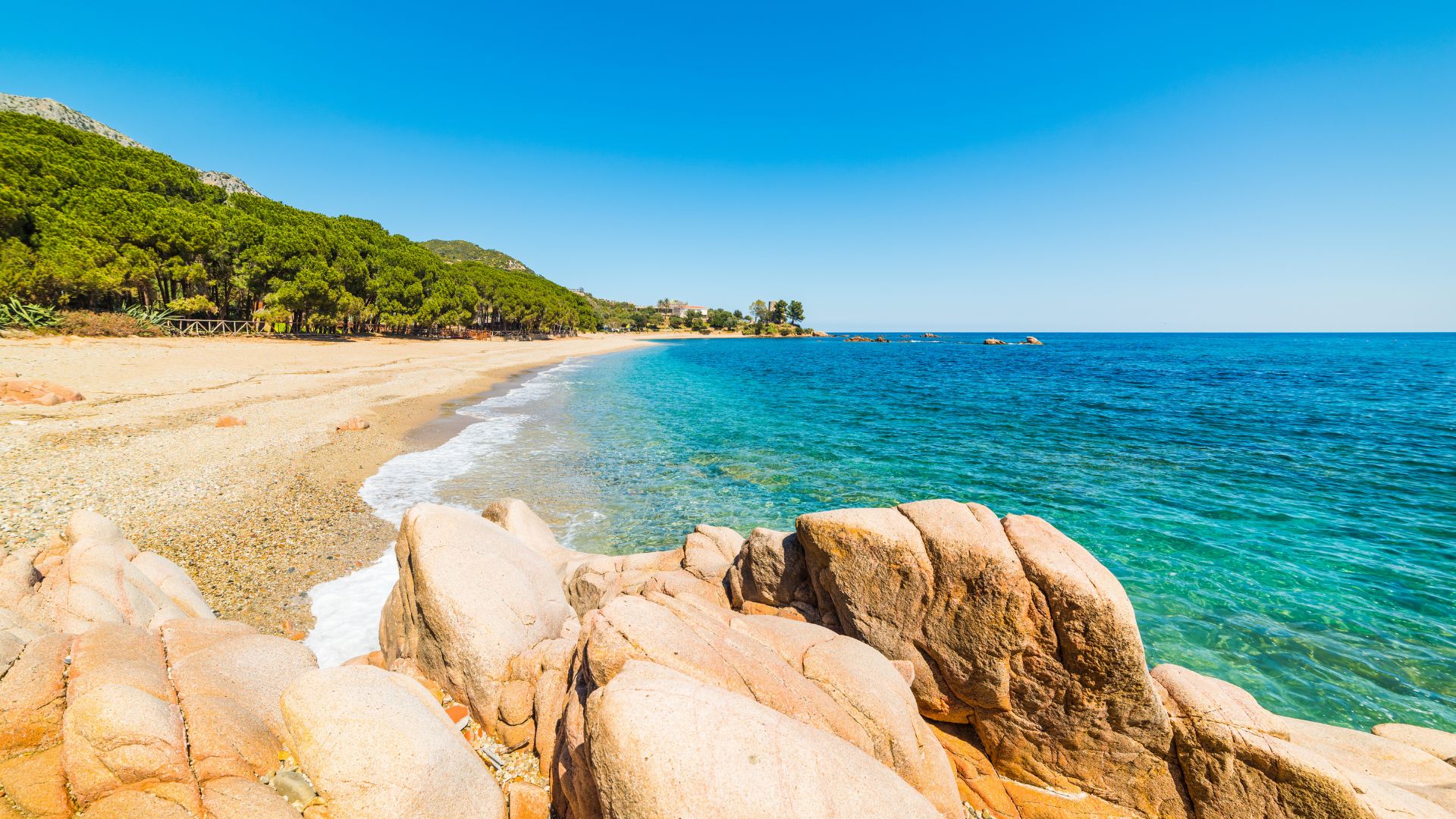
Hidden Beaches and Sardinia’s Coastline
Ogliastra hides some of Sardinia’s best beaches. Cala Goloritzé, with its tall limestone spire and turquoise water, blew me away.
I hiked down early and had the place nearly to myself.
Other favorites:
- Cala Luna: A crescent-shaped beach with cool caves.
- Cala Mariolu: Pebbles here look like tiny marbles.
- Cala Sisine: A wider beach tucked behind a small canyon.
The water is so clear it almost doesn’t seem real. Snorkeling here is a blast, with colorful fish and wild rock formations.
What’s special about Ogliastra? You can hike in the mountains in the morning and swim at a deserted beach in the afternoon. Not many places offer that.
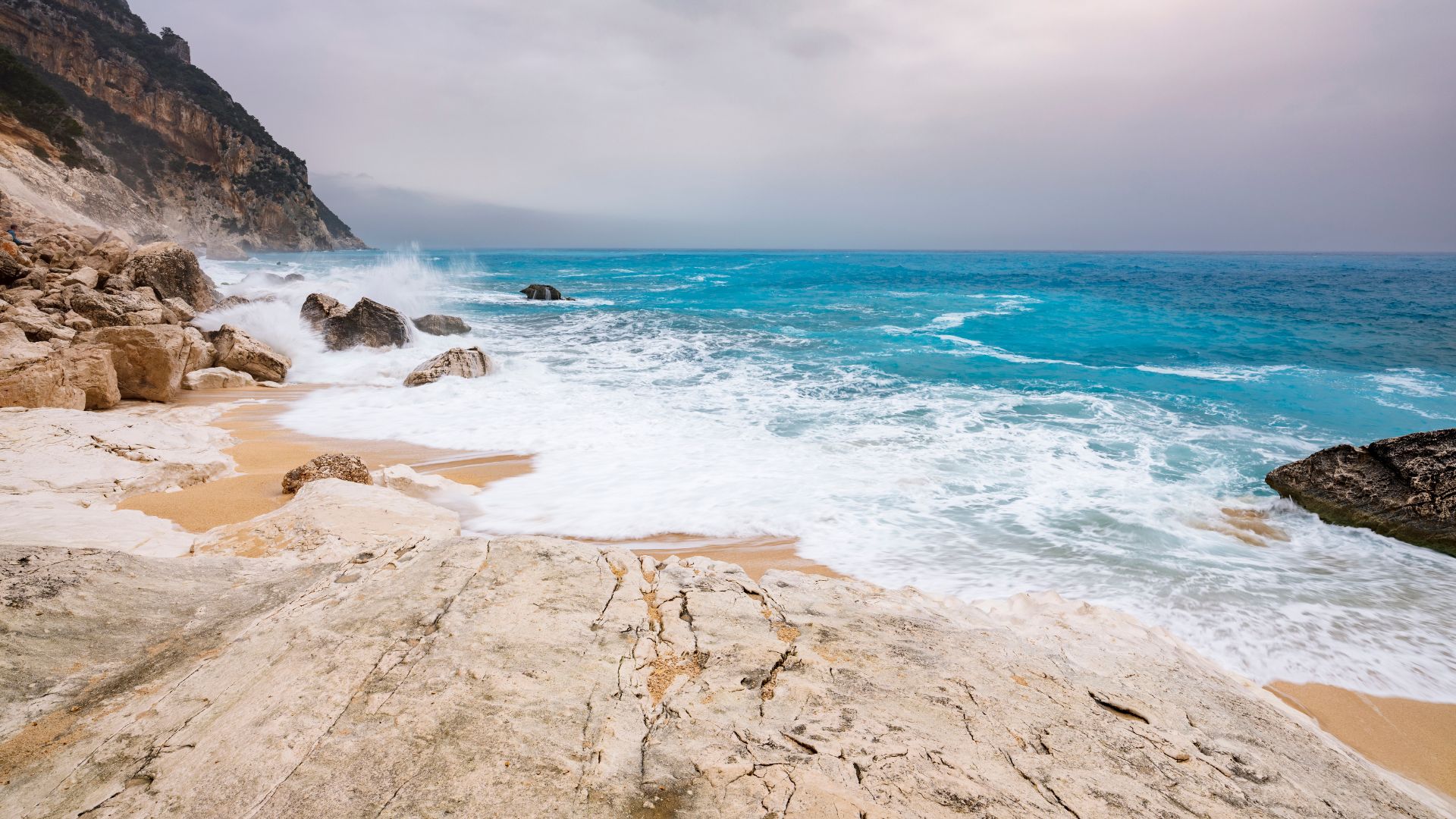
Creative Inspirations: Art and Visual Resources
Gorropu Gorge has inspired loads of local artists and photographers. Its sheer limestone walls and wild Mediterranean scenery make it a natural muse.
You’ll see the canyon’s beauty captured in all sorts of art—something to check out before you visit.
Local Art Influenced by the Gorge
While in Sardinia, I stumbled on artists who draw straight from Gorropu’s dramatic looks. The white rock and bright green plants make perfect subjects for painting or photography.
In towns like Dorgali and Urzulei, you’ll find small galleries with watercolors and oils that show off the canyon’s best angles. The way light shifts on those walls at different times of day is something artists love to capture.
Local craftspeople get in on the act too. I found ceramics with patterns that mimic the rock layers, and jewelry shaped like the canyon’s wild curves.
Stock Photos, Vectors, and Video Content
If you’re planning a trip or putting together something about Gorropu, you’ll find loads of visual resources online. Shutterstock, for example, has a huge collection of high-definition Gorropu Gorge stock images, and they really show off the canyon from all sorts of angles.
I’ve actually used some of these photos to plan my own hikes. They give you a pretty honest look at what the trails and scenery are like.
You’ll find everything from sweeping aerial shots that capture the canyon’s wild scale to tight close-ups of the strange rock shapes and tough little plants that grow there.
There’s also plenty of video content out there—some of it is just stunning. Drone footage really brings out the canyon’s crazy depth.
Watching those videos made it clear to me why people call Gorropu the deepest canyon in Europe. Honestly, it’s what convinced me to go.
You can spot vector images and illustrations of the gorge too, especially in travel brochures or on Sardinian tourism websites.

